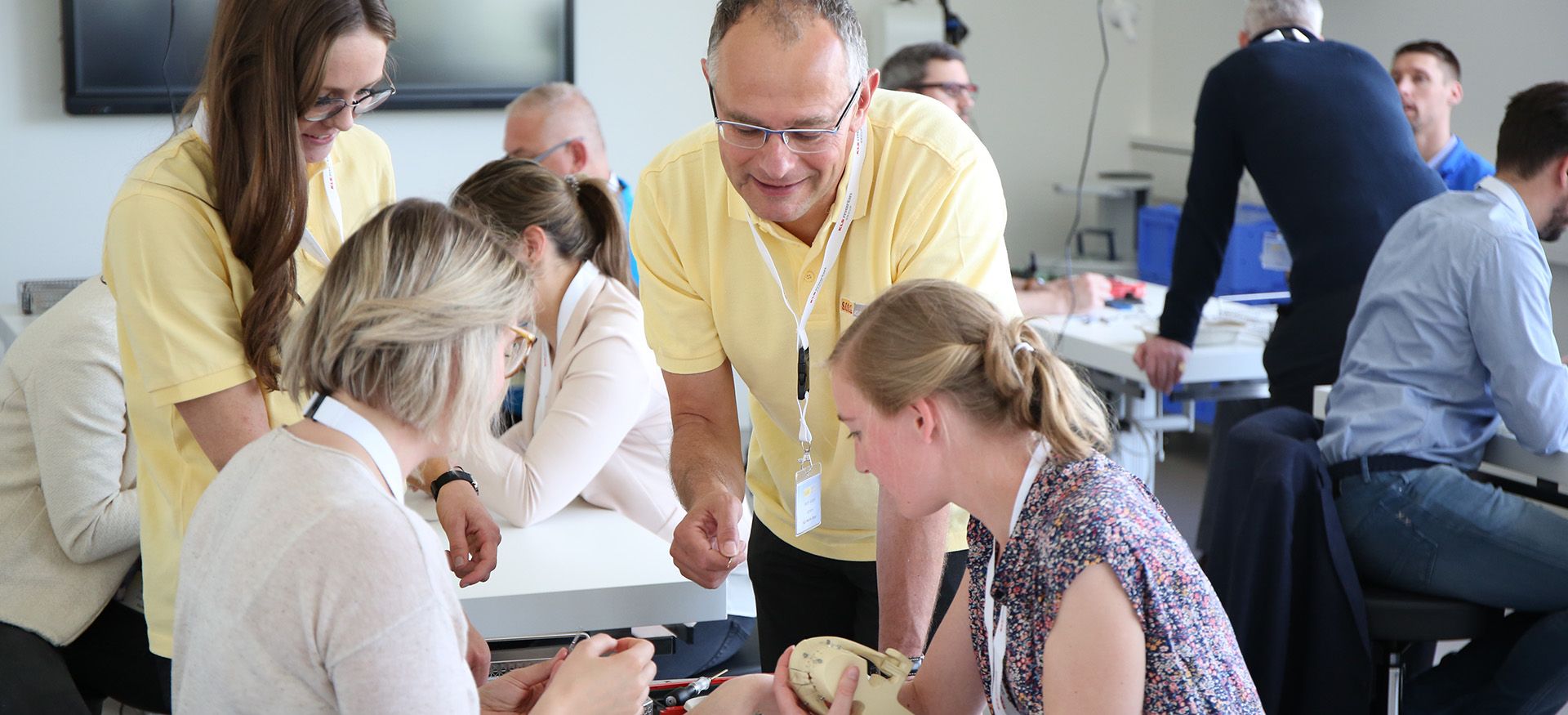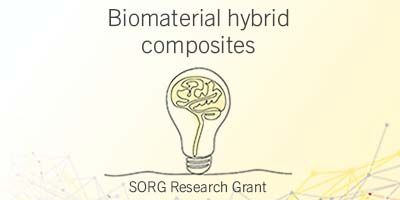With the help of imaging and virtually planned surgery evolving dramatically in the last decades, there is an increasing demand for patient-specific implants in order to fill the defects arising from trauma or ablative tumour surgery.
The biological and material properties of today’s mainly used materials like PEEK or titanium are not yet optimal in this sense. There is a need for osteoconductive and/or osteoinductive materials which would improve bone formation and long-term biocompatibility around the implant situs.
The help of Additive Manufacturing (AM) techniques gave another boost for patient-specific reconstruction alternatives. AM stands for a fast and efficient printing of individualized bone substitutes. But which material will be best to fill the given defect?
Certainly, a porous surface of the implant will be important as it will offer the bone cells a place to settle, providing a long-term metabolically active bone replacement in a vital tissue surrounding. This will lead to shorter hospital stays and fewer revision surgeries, increasing the quality of life of the patients and simultaneously reducing the health care costs, which is bringing benefit to the society. In addition, the author believes that in future, individually tailored therapies will replace many of the introduced strategies of today. Patients will have an increased expectation on complete functionality on devices which are implanted.
To do so, it will be necessary to systematically define the pore size in this sense. Two new bioactive materials are in the scope of the research as well: Titanium-ceramic as well as resorbable polymer-ceramic hybrids.
As a first step, in vitro experiments were carried out, seeding human mesenchymal stromal cells on all different scaffold types. Analyses over a 28-day culture period showed cell attachment and proliferation, osteogenic differentiation and tissue formation on all scaffolds. Next, animal research in minipigs was performed, both in an orthotopic bone model, as well as an ectopic intramuscular model. Each pig offered 6 locations for scaffolds in the frontal bone and 8 locations in the paraspinal musculature. The effect of the study will be measured at a single time point, 12 weeks after implantation. After sacrificing the animals, the bone specimen were harvested and analysed for their amount and quality of bone formation as well as an estimation on adverse tissue reactions.
At the time of review in autumn 2021, the team has largely finished the in vitro studies, although the COVID-19 international crisis has slowed the team down. On a positive note: The approval from the Ethical Committee for the animal study was obtained and the team is now performing the in vivo studies. So, the team is very optimistic about showing the performance of their implants in a complex biological model in the first half of 2022.
5 Years of SORG Research Grant
Trying to identify tomorrow’s topics of highest interest
The foundation of SORG was closely linked to the development of load-sharing osteosynthesis techniques. These small and light carriers of biomechanical stress meant a paradigm shift in contrast to the previously well-established rigid fixation plates. It was only logical and consequent that the foundation of SORG was subsequently associated with research and development tasks of the new alternative of osteosynthesis.
With the years going by and miniplate osteosynthesis technique establishing itself as the golden standard of osteosynthesis worldwide, the focus on pioneering R&D engineering shifted more and more towards the second pillar of SORG: Teaching and education. In recent years, our meetings were mainly dedicated by the community’s plans of transferring knowledge to the field. In 2016, the SORG Board decided to strengthen the “R” (which stands for Research) in its name again by offering an annual grant of 15,000 € for pioneering research and development projects arising from the SORG environment. Now, it is time for a review on the first 5 years and some of the awarded research projects during this time. We picked out 3 of them and followed up on their later development.


